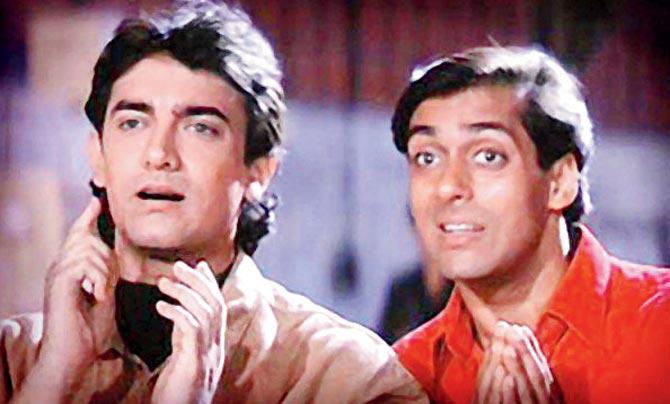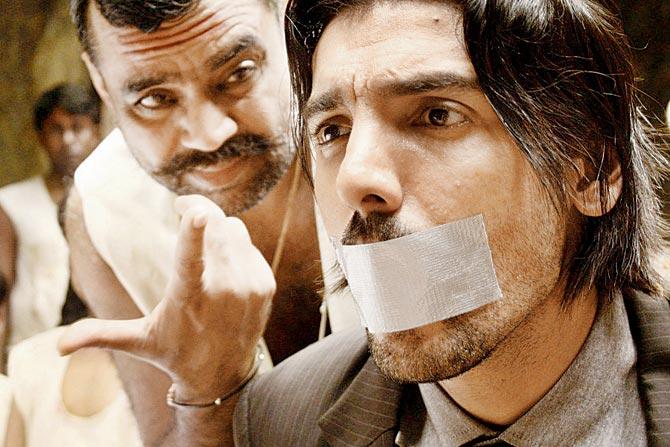In A Cult Of Their Own dissects box-office turkeys that gained cult status


Salman Khan, Aamir Khan in Andaz Apna Apna
The beauty of a movie is that it means different things to each one of us. As the lights turn dim and you settle into your seat in the theatre, you hope that in transporting you to another world, the film will tell you as much about yourself as it will about its universe. Of course, few movies make the cut – the rest are only happy to make it from the first Friday to the next. But the ones that go beyond the weekend, beyond the years, in fact, deserve closer inspection. What is it about these gems that, despite tanking at the box office upon their release, they continue to fascinate generations of cinema buffs?
Debutant writer Amborish Roychoudhury explores the phenomenon in his book, In A Cult Of Their Own: Bollywood Beyond Box Office. He judges each fare by a simple yardstick — does the movie leave an impact? It could be the heartache it causes as you see Guru Dutt's Suresh clutching on to the last threads of stardom in his almost autobiographical Kaagaz Ke Phool (1959), or the smirk slapped on your face as you realise that Puneet Issar was what Bollywood thought would be a fitting answer to Hollywood's Superman. It is with an alternating tone – almost reverent for the deserving gems of the Hindi film industry, and cheeky for the Kanti Shah and Kamaal R Khan school of films – that the writer treats us to 20-odd cherrypicked films.

PareshâÂu00c2u0080Âu00c2u0088Rawal, JohnâÂu00c2u0080Âu00c2u0088Abraham in No Smoking
Through a series of interviews with those associated with these offerings, he brings to us the process that led to the making of the magic (or the mess). And Roychoudhury unearths interesting nuggets about these projects. Who knew that Rajkumar Santoshi had chalked out the character of Zorambo, who would be seen as Mogambo's brother, also to be played by Amrish Puri for Andaz Apna Apna? The chapter on No Smoking deserves a special mention as it shows Anurag Kashyap's struggle in giving shape to his labour of love.

Roychoudhury
Unfortunately, when discussing masterpieces like Mera Naam Joker and Silsila, the writer offers very little than what is available on public domain. He also doesn't go beyond the obvious while discussing Om Dar Ba Dar, reducing its fascinating journey to a paragraph. But, in an industry that is quick to celebrate films for earning R100 crore, he makes a rare attempt to applaud the underdogs. And at the end of the day, don't we all love an underdog story?
Catch up on all the latest entertainment news and gossip here. Also download the new mid-day Android and iOS apps to get latest updates
 Subscribe today by clicking the link and stay updated with the latest news!" Click here!
Subscribe today by clicking the link and stay updated with the latest news!" Click here!





_d.png)



